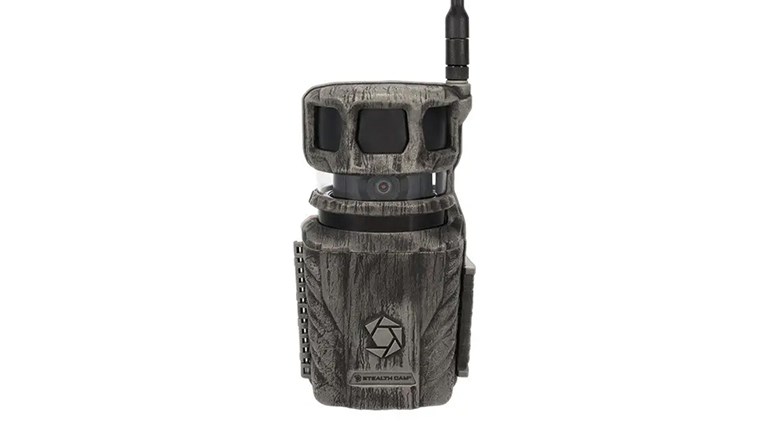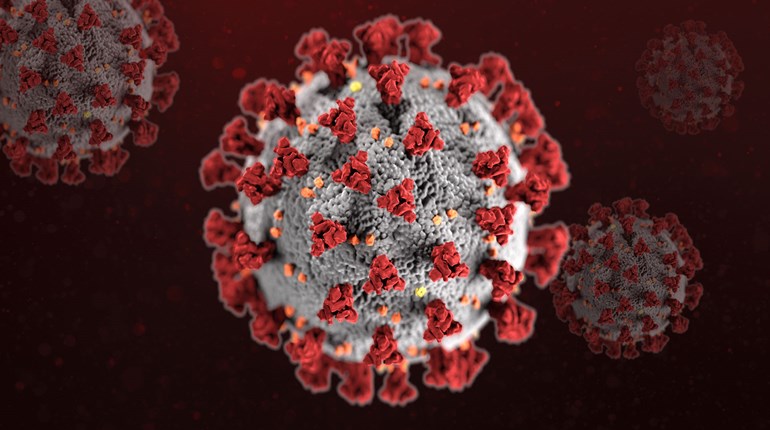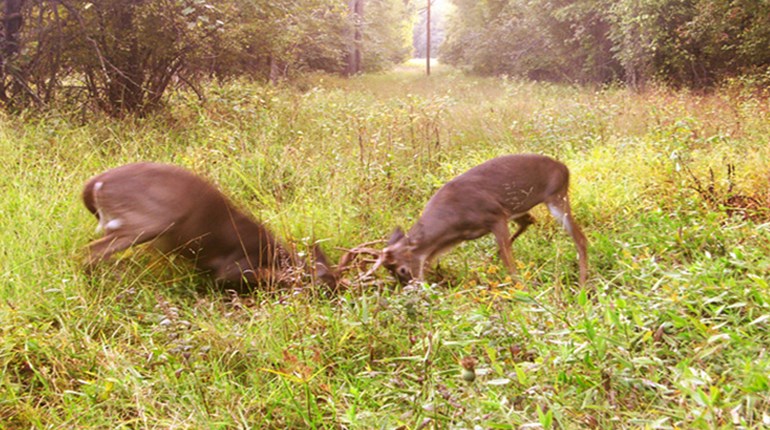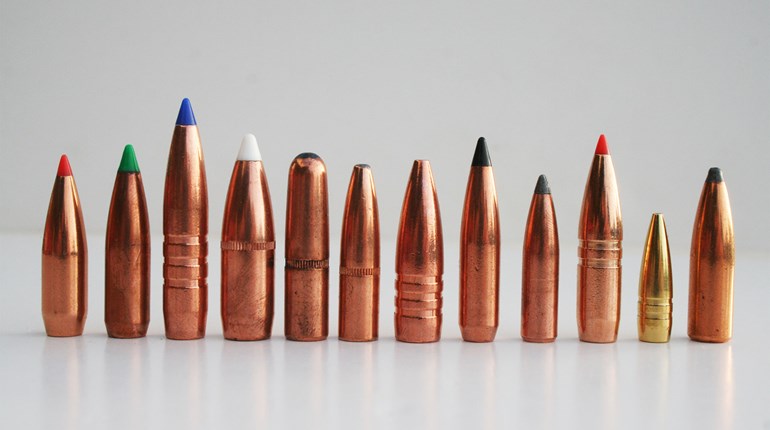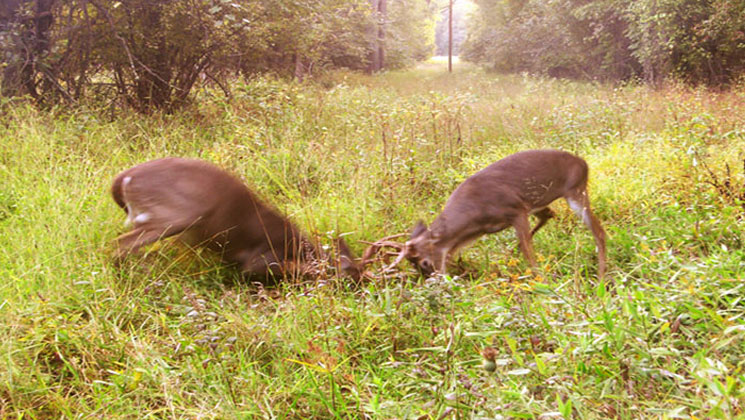
Do you dream of that big buck, that wall hanger, that moss-horned drop-tine freak of nature you see the guys on TV shooting? I know I do. That’s why one of my driving forces in the off season is to get up at 3 a.m. on Sundays to check my food plots. As a gung-ho diehard of the sport, conservation means everything to me, as it should for you. Whether hunting 5 acres or 5,000, being a conservationist will only make for a better environment and enable us to pass down this sport to our great-grandchildren.
What is a food plot?
A food plot is a stretch of ground manicured and planted strictly for feeding wildlife. Food plots range from a few square feet in front of a deer stand to however much land one is willing to dedicate as a source of food for any animal you wish: deer, turkey, bear, quail, ducks and geese are just some from the list of huntable animals.
A common misperception that many hunters have when planning a food plot is “plant it and they will come.” I have been at this for the better part of 15 years, and each year I scratch my head thinking about which direction to go. Nature is filled with variables, and preparing for those variables will set you one step above the rest. Food plots may be designed to feed your wildlife seasonally, or year after year, ranging from simple to complex as well as inexpensive to breaking the bank.
Setting Goals
Do you want to grow big bucks? Do you want attract deer to your property? Do you want to create a stopping point near a stand location? Do you want to add a general food source as a supplement to native browse? These are all questions you need to ask yourself. Next you need to consider how much time, money, and materials you are willing to put forth in this endeavor.
Strategy is critical in the design phases of food plots so setting a goal is the first step. Whether your food plot is created as a stopping point in the travel corridor of that giant 8-pointer you have seen all summer on your trail cameras, or you want to plant a 5-acre field of winter wheat with turnips and clover to help feed those pregnant does through a hard winter—you need to set a goal.
Two words that you will see often in the food plot industry are “annual” and “perennial.”Annual plants only last one growth cycle for that plant, unless plants can mature and produce seed. Perennial plants are plants that come back year after year. It doesn’t hurt to mix annuals and perennials.
Understanding your target species along with knowledge of native browse—natural vegetation animals eat—will help set you on your way. Getting to know your local game biologists, farmers and fellow food plotters will help point you to your very own food plot.
Plot Prep
Removing current vegetation from the chosen site can be a daunting task. Tools such as a weed eater, bush hog, and sprayers with chemicals can make short work of it. Sometimes labor with a rake may be necessary.
When it comes to prepping the seed bed, know that soil-to-seed contact is critical for proper germination. Germination is the first stage in plant growth, when seeds sprout. Germination times vary from plant to plant depending on moisture and nutrients (fertilizer). Many seed blends offered today from companies such as http://www.whitetailinstitute.com/contain a seed coating which gives each seed a jump start on life. Contemporary methods of cultivating ground include disking and tilling.
Many times water runoff from cultivated land is a concern, especially for us conservation-minded folk. Less intrusive approaches such as No-Till drill (seed drilling) may offer that eco-friendly approach you are looking for. Removing all stones, sticks and debris from the seed bed will ensure better plant coverage. Once the seed bed is cultivated, smoothing with a rake, drag net, or chain harrow will create even, fluffy soil for seed.
You should also consider soil testing, as it’s cheap insurance for all of the planning, money and time invested planting your plot. Soil tests check for pH, nitrogen, phosphorus, potassium, calcium and magnesium levels within the soil. Why is this important? Well, just like people, plants eat and drink. What plants eat, and the acidity of the soil, determines how fast, strong, large and hearty your plants will become. Every plant has a requirement or baseline which it requires to sustain life. Your job is providing a sufficient average or baseline of pH and minerals by adding lime and or fertilizer, depending upon the soil test.
Planting
Planting seeds isn’t as easy as it sounds. Methods for seeding include spreading, broadcasting and drilling. Whichever method you use, a select seed rate is necessary to ensure proper coverage of seed without overcrowding plants. Depending on the variety of seed or seed mixes, this has always been the toughest part to learn, and will only come over time. Generally, all seeds will grow when scattered onto the soil, but covering seeds to required depths is critical in ensuring proper root growth as well as plant growth. The simplest way to cover seeds is to use a chain harrow. More often than not, additional touch-up seeding is required after the first weeks of growth due to pressure from animals eating the seedlings, poor germination or lack of water.
Tips, Tricks and Encouragements
When learning to plant food plots it all comes down to trial and error. Mother Nature does not always cooperate. Sometimes the animals in your area may have no interest in what you have planted, or decided it was too tasty and ate it all before plants reached a mature age. Regardless of what you encounter, to be successful you must learn to adapt and overcome. Start small and go with what works. Try a wide variety of seeds to narrow down what the animals like. Rotate crops year after year to sustain farmable soil. Try to improve on native browse by fertilizing a briar patch or plant some crabapple trees and beautyberries. Remember, a day in the field is no day wasted. Good luck!













